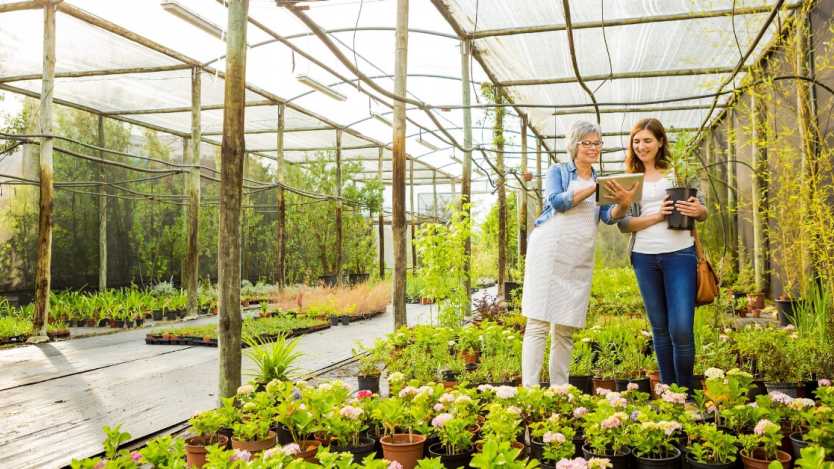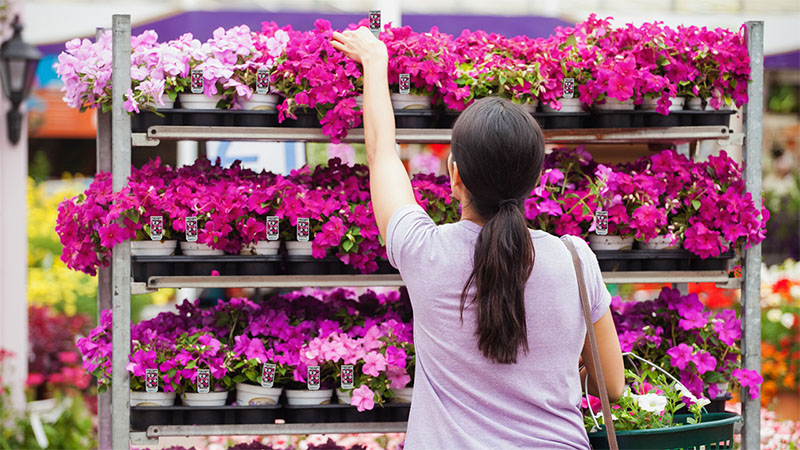How Traceability Concerns in the Supply Chain Affect Greenhouse Growers
 With increasing concerns about food quality and how it relates to allergies and GMO or non-GMO food sources, seed certification is becoming more and more prevalent, and this includes greenhouse plant production. When it comes to seed traceability, labor-intensive, manual processes will no longer suffice.
With increasing concerns about food quality and how it relates to allergies and GMO or non-GMO food sources, seed certification is becoming more and more prevalent, and this includes greenhouse plant production. When it comes to seed traceability, labor-intensive, manual processes will no longer suffice.
According to the Association of Official Seed Certifying Agencies (AOSCA), the purpose of seed certification is to preserve genetic purity and varietal identity. It is an official AOSCA-agency program enabling seed companies to market genetically pure seed. Certification services are available for field crops, turf grasses, vegetables, fruits, vegetative propagated species, woody plants, and forbs. Once seed has been certified, it qualifies for the official blue certified seed tag and meets state, federal, and international seed law requirements.
Requirements for producing certified seed include special land requirements, planting eligible stock, field inspections, proper seed labeling, and meeting standards based on complete lab analysis.
Traceability Concerns in Seeds Supply Chain
First, let’s talk about barriers to traceability that limit the ability to capture, store, and transmit adequate information about the origin, production process, handling steps, and stakeholders in the seed supply chain.
Currently, consumers want to have a broad view of the life cycle of seeds as they move through the different phases in their production and marketing channels. For instance, consumers want to be updated about information concerning parent lines of crops, phytosanitary treatments, protocols for cleaning the seeds, human rights, and labor issues. This demand from consumers has triggered the implementation of programs to reduce consumer risks.
There are several traceability challenges well-known by the stakeholders in the seed supply chain. Issues concerning inadequate identifiers of lot on shipment documents, difficulties in track and trace of packing boxes, and difficulties in managing cumulative records of produce blended together form part of the traceability challenges in the sector. In a situation where lots are used, most of the lots are created manually – an error-prone approach.
Most seed producers still use a paper-based system to keep record of their crop treatment. With such a system, it is always difficult to keep an accurate record of trace type and origin of inputs, pests, and diseases. These concerns make it challenging for the stakeholders in the sector to have access to real-time traceability information. The lack of information technology with well-developed traceability functionality has been recognized as the root cause of the issues highlighted above.
Digitizing Seed Supply Chain by Production Stage
Digitizing the seeds supply chain is the key to helping you leverage data collection, management, and analysis. This will increase cost effectiveness and efficiencies. Here are the benefits to digitizing by production stage:
Planning and Sourcing Stage: At the planning and sourcing stage in the seeds supply chain, digital solutions can be used to plan area, labor, machines, and materials. It can also be useful in providing insights into selecting a reliable producer and crop insurance where appropriate.
Production Management Stage: At the production management phase, innovative digital solutions can help manage activities on the farm and in the greenhouse. These include alerting producers on weather events, and alerts on when to inspect and treat crops. Advanced digital solutions can also help to create new observation by providing alerts on who, when and where the observation relates. These solutions can also capture and store the chemical/fertilizer application of crops.
Postharvest Stage: At the post-harvest stage, digital solutions electronically assign unique identifiers to lots and package boxes, capturing and storing phytosanitary document information. This eliminates inconsistencies and provides easily available and accessible data. This allows information concerning the physical location of seeds, genetic constitution of seeds, and sequence of the activities in the seed process to be exchanged easily.
Your greenhouse management solution should provide functionality for planning and sourcing, production management, and postharvest activities. Your system should deliver flexibility to enter data, store every bit of data, the ability to retrieve data with ease, and update stakeholders in the supply chain network. This will allow users to track all volumes of seeds, products, materials, etc., moving through their supply chain network.
For more ways to enable accuracy, increase visibility, and boost revenue in today’s marketplace, check out Velosio’s recent webinar: Boosting Productivity and Revenue with O365.










